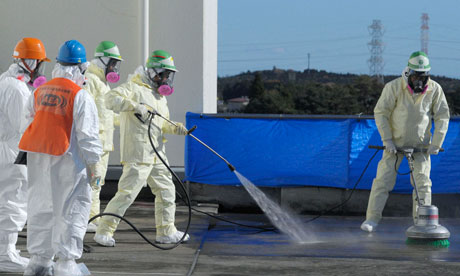Link to the source - NRDC Switchboard
Posted December 20, 2011
Keystone XL is a tar sands pipeline to export oil out of the United States
One of the most important facts that is missing in the national debate surrounding the proposed Keystone XL tar sands pipeline is this – Keystone XL will not bring any more oil into the United State for decades to come. Canada doesn’t have nearly enough oil to fill existing pipelines going to the United States. However, existing Canadian oil pipelines all go to the Midwest, where the only buyer for their crude is the United States. Keystone XL would divert Canadian oil from refineries in the Midwest to the Gulf Coast where it can be refined and exported. Many of these refineries are in Foriegn Trade Zones where oil may be exported to international buyers without paying U.S. taxes. And that is exactly what Valero, one of the largest potential buyers of Keystone XL's oil, has told its investors it will do. The idea that Keystone XL will improve U.S. oil supply is a documented scam being played on the American people by Big Oil and its friends in Washington DC.
The fact that Canada has excess pipeline capacity is well known. In a Department of Energy report evaluating Keystone XL's impacts on U.S. energy supply over the next twenty years, the agency found that it will take decades for Canada to produce enough oil to fill existing pipelines. On page 90, the report concludes that the United States will import the same amount of crude from Canada through 2030 whether or not Keystone XL is built.
From Canada's perspective, the problem with existing pipelines is they all end in the U.S. Midwest and only allow one buyer - the United States. As Canada's Natural Resources Minister Joe Oliver recently said, "we export 97 percent of our energy to the U.S. and we would like to diversify that." However, the Canadian government has put the breaks on the two pipeline proposals to export tar sands through its provinces due to the need to take more time to listen to its own public's concerns about water and safety.
Keystone XL would be Canada’s first step in diversifying its energy market. The pipeline would divert large volumes of Canadian oil from the Midwest to the Gulf Coast, where it would be available for the first time to buyers on the world market. To sweeten the deal, many of the refineries on the Gulf Coast happen to be located in foreign trade zones, where they can export Canadian oil to the world market without paying U.S. taxes. Oil Change International investigated this issue in a report that found the Keystone XL pipeline was part of a larger strategy to sell increasing volumes of Canadian crude on the international diesel market.
When Canadian regulators at the National Energy Board (NEB) considered the Keystone XL proposal in 2008, they asked TransCanada to justify another pipeline when there was already so much spare capacity. TransCanada conceded that Keystone XL would take oil from existing pipelines, increasing shipping costs. However, TransCanada argued that this cost would be more than offset as shifting Canadian oil from the Midwest to the Gulf would increase the price that Americans paid for Canadian oil by $3.9 billion.
In fact, TransCanada refused to support a requirement that oil on Keystone XL be used in the United States in a recent Congressional hearing. Earlier this month, Representative Edward Markey asked TransCanada's President Alex Pourbaix to support a condition that would require the oil on Keystone XL to be used in the United States. Mr. Pourbaix refused, saying that a requirement to keep oil on Keystone XL in the United States would cause refineries to back out of their contracts. That very well may be the case as Valero, one of the largest prospective purchasers of Keystone XL's crude, has already told its investors the its future business is in international export.
Simply stated, Keystone XL is a way to get Canadian oil out of the United States, not into it.
Go to www.stoptar.org to take action.













































